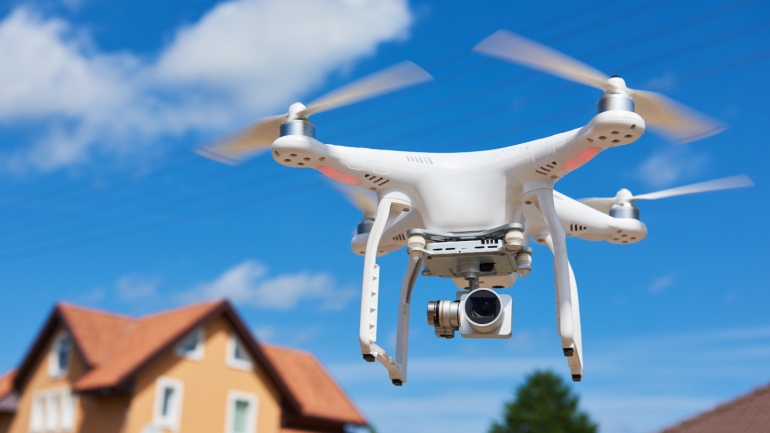A recent study conducted by Juniper Research, renowned experts in telecommunications markets, suggests that operators are poised to tap into revenue growth opportunities by targeting enterprise markets, particularly cellular IoT. Despite significant investments in 5G networks, operators have struggled to monetize consumer adoption of 5G, failing to command substantial price premiums over 4G services.
Serveo and Telefónica Tech are setting a new standard in eco-friendly mobility and road safety, utilizing drones for a novel traffic management approach. These drones, operated by Navalair, offer aerial views to quickly assess traffic incidents and road conditions, thereby enhancing support to accident victims and expediting response times.
Cisco, the multinational technology conglomerate, has successfully finalized its purchase of Splunk, marking a significant stride towards offering unmatched visibility and insights across comprehensive digital landscapes. This acquisition is poised to redefine how organizations connect and safeguard their operations in an increasingly digital world.
A cutting-edge initiative partnered with South Tyneside Council aims to transform a port into an innovation hub in the maritime sector utilizing 5G cameras and IoT sensors. This endeavor, backed by a £37 million grant from the Department for Science, Innovation and Technology, is set to pilot electric port operations, advanced transportation systems, live streaming, and smart farming.
Mobile Experts released a report on the growth of Private LTE and 5G in sectors like offices and schools. EnGenius launches the EOC655 series for outdoor connectivity, designed for smart cities and public safety. UK Altnets have urged the government for harsh penalties against fibre infrastructure vandalism. Klika Tech won the 2024 IoT Global Awards in the “Smart Cities, Government & Utilities” category.
Unveiling the next generation of wireless systems, the ENLIGHT’EM project has skillfully pioneered advances in visible light communication (VLC) and power efficiency for light-emitting diodes (LEDs), particularly in tricky IoT scenarios. Brought to life by the passionate team at IMDEA Networks, this venture stands at the intersection of cutting-edge technology and sustainability, delivering innovative solutions and triumphantly winning the European EIT Jumpstarter competition.
In a recent analysis, Vodafone has highlighted a significant opportunity cost for UK’s small and medium-sized enterprises (SMEs) due to the sluggish deployment of standalone 5G technology. According to the telecommunications giant, UK businesses are forgoing approximately £8.6 billion annually in potential productivity gains, a situation that also threatens the country’s competitiveness in Europe.
Nokia unveiled specialized, private AI models for the telecom sector to improve network operations and customer service. A coalition of 10 governments agreed on principles for secure 6G networks. IBM and the GSMA have launched a global AI training initiative to bridge the AI knowledge gap among telecom operators. Qualcomm’s Snapdragon X80 modem chip introduces 5G-Advanced support with up to 10 Gbps speeds and six-carrier aggregation.
CELLSMART, the cellular intelligence brand of SmartCIC Technologies, has launched an initiative to capture independent and enterprise-grade cellular intelligence across 30 National Football League (NFL) cities across the US. It will use artificial intelligence (AI) to optimise testing routes to achieve maximum data density to support predictive analytics while reducing its carbon footprint. Testing kicks off in Florida in April 2024 and will run throughout the year.
The telecommunications sector leaps forward as KDDI and SpaceX bring a game-changing satellite-to-cellular service, intertwining mobile and satellite technologies. Leveraging SpaceX’s Starlink low-earth orbit satellites and KDDI’s national wireless spectrum, the partnership aims to expand urban connectivity into rural areas. While the innovation promises swift deployment and extensive coverage, it also poses challenges, including the need for costly, satellite-enabled handsets.













